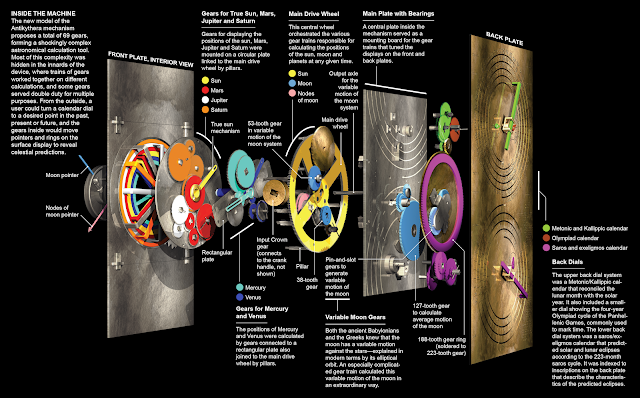The Dodecahedrons of the Roman Empire

No mention of dodecahedrons has been found in contemporary accounts or pictures of the time. Speculative uses include: A specific type of dice for a game since lost to history. A magical object, possibly from the Celtic religion. A similar small, hollow object with protrusions was recovered from Pompeii in a box with either jewellery or items for magic. A toy for children. A weight for fishing nets. The head of a chieftain’s scepter. A kind of musical instrument. A tool to estimate distances and survey land, especially for military purposes. An instrument to estimate the size of and distance to objects on the battlefield for the benefit of the artillery. A device for detecting counterfeit coins. A calendar for determining the spring and autumn equinoxes and/or the optimal date for sowing wheat. A candle holder. (Wax residue was found in one or two of the objects recovered.) A connector for metal or wooden poles....




